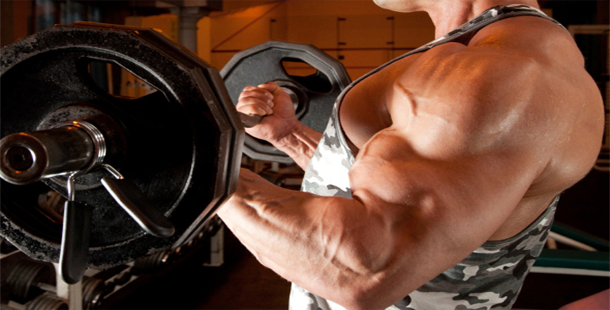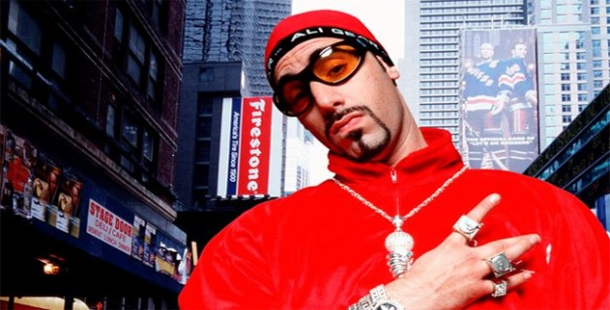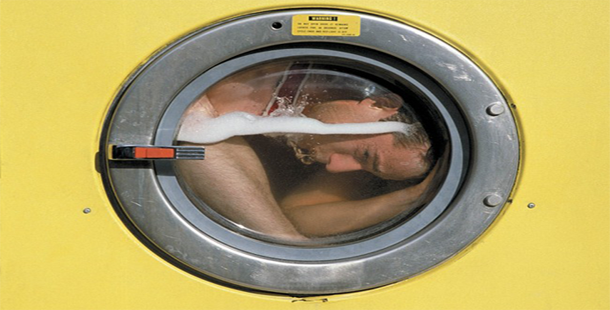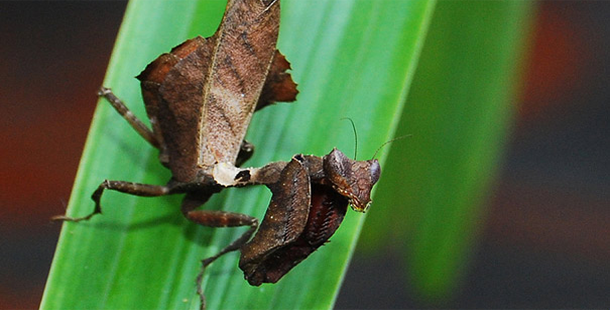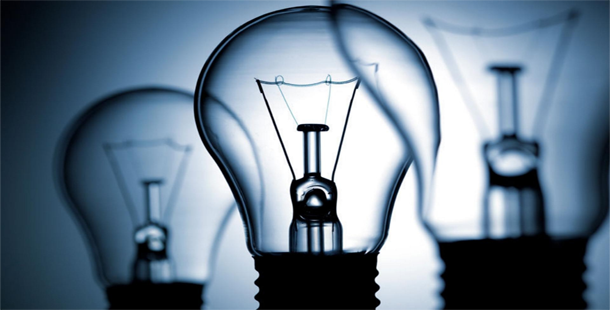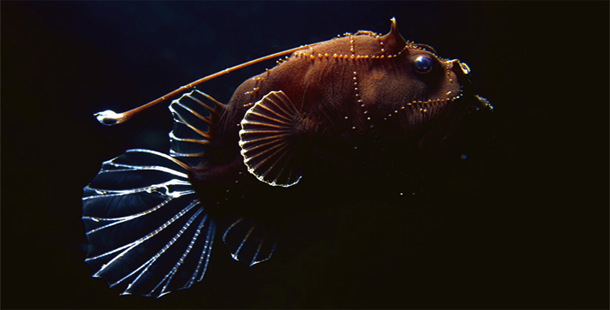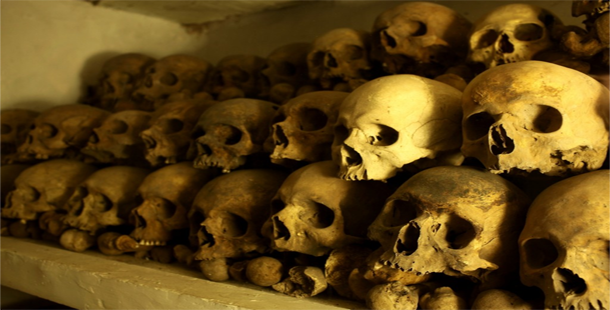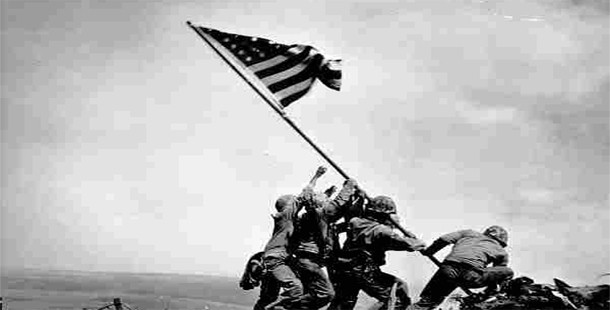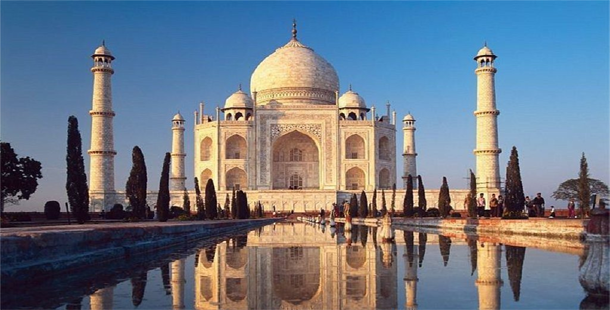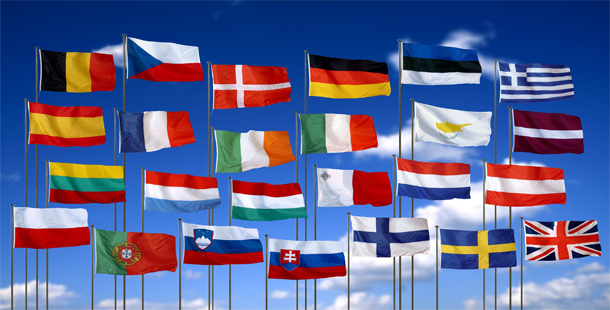

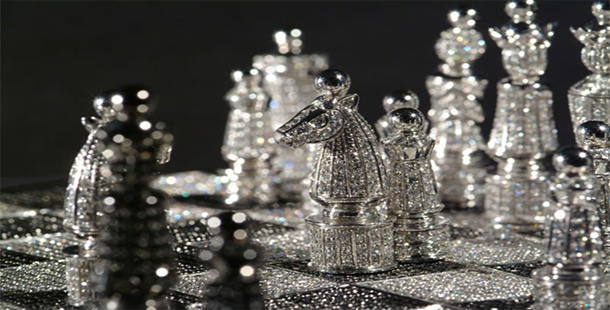
Entertainment
25 Most Expensive Things In The World
Posted by List25 Team, Updated on April 20, 2024

Geography
25 Best Places To Go For Your Honeymoon
Posted by Juan Castillo, Updated on April 20, 2024

Show Us Your Love
Join Over 2 Million+ List25 Fans

History
25 Most Top Secret Military Operations in History
Posted by List25 Team, Updated on April 20, 2024

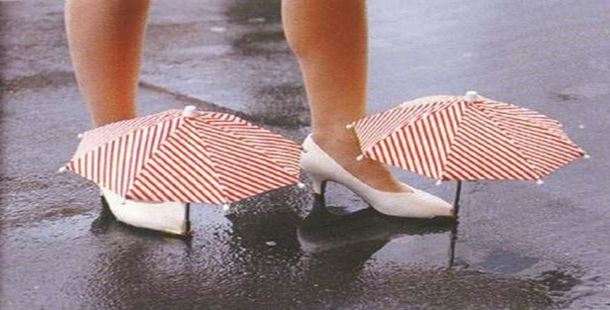

Entertainment
25 Sidesplittingly Funny Olympic Diving Faces
Posted by Syed Balkhi, Updated on April 20, 2024
